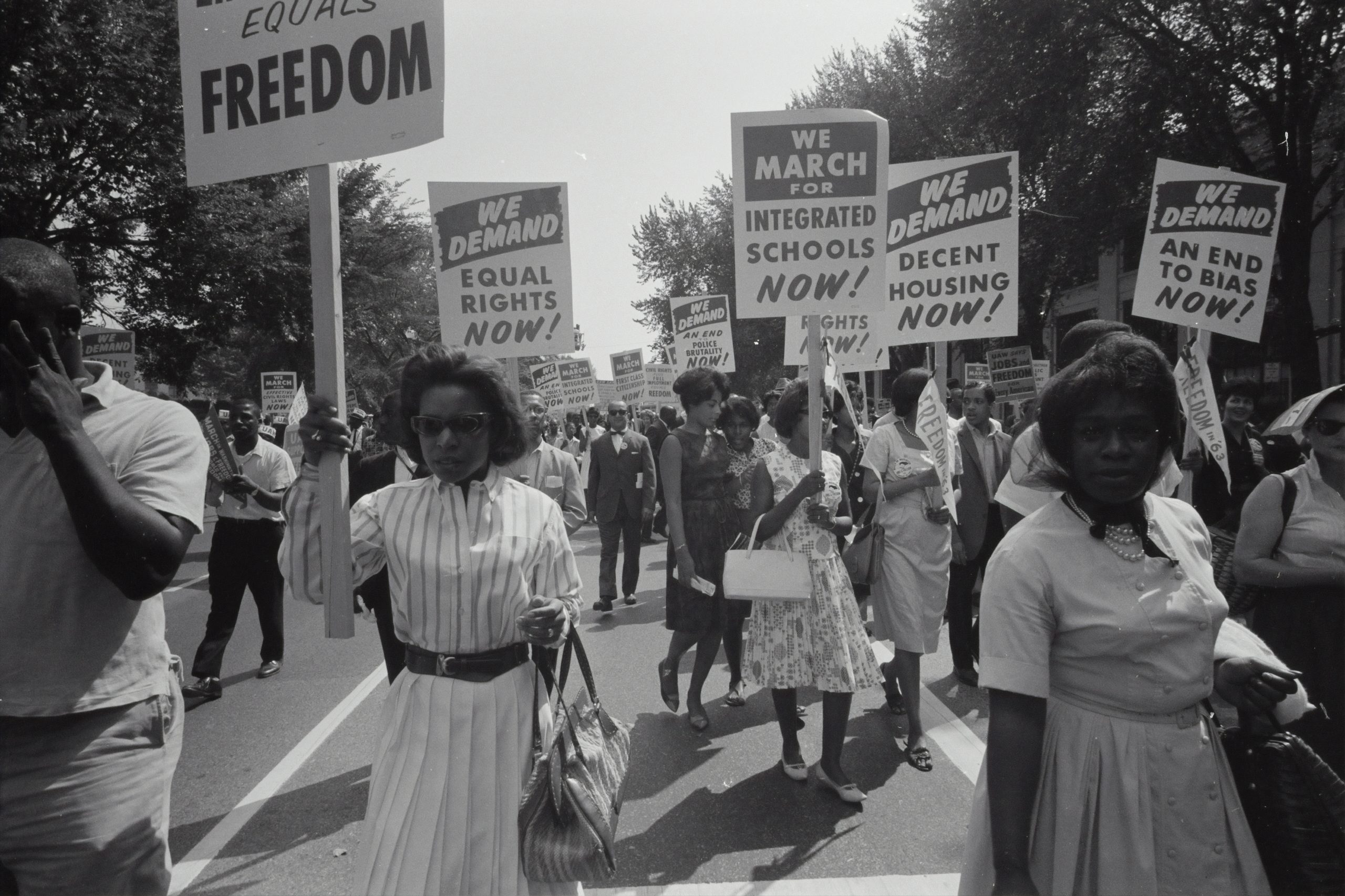By: Kaitlin Oden, 2024 Cohort
You turn on the television after a long day of work. Flipping through the channels, you click on a nightly news program. It’s a daily routine. You pay attention to the program, even though it’s the same old events.
Killings, poverty, unsafe living and unlivable wages. No matter what news channel we turn to, most of the content will show a negative side of people from different backgrounds. For most, this is their daily life. For many people living like me, it’s the unforgettable cycle we experience.
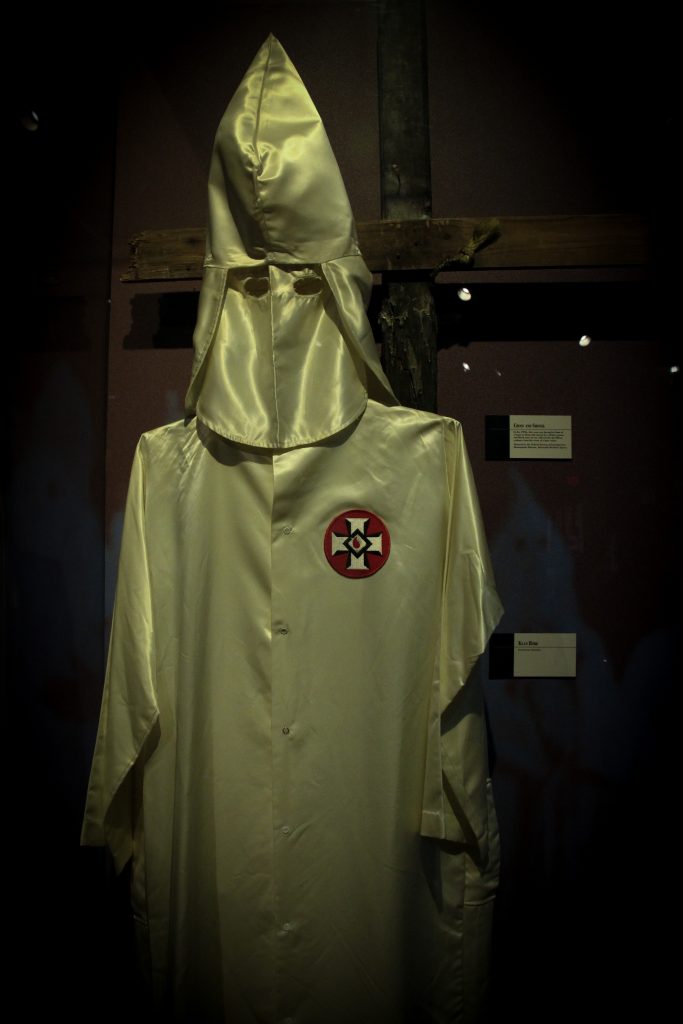
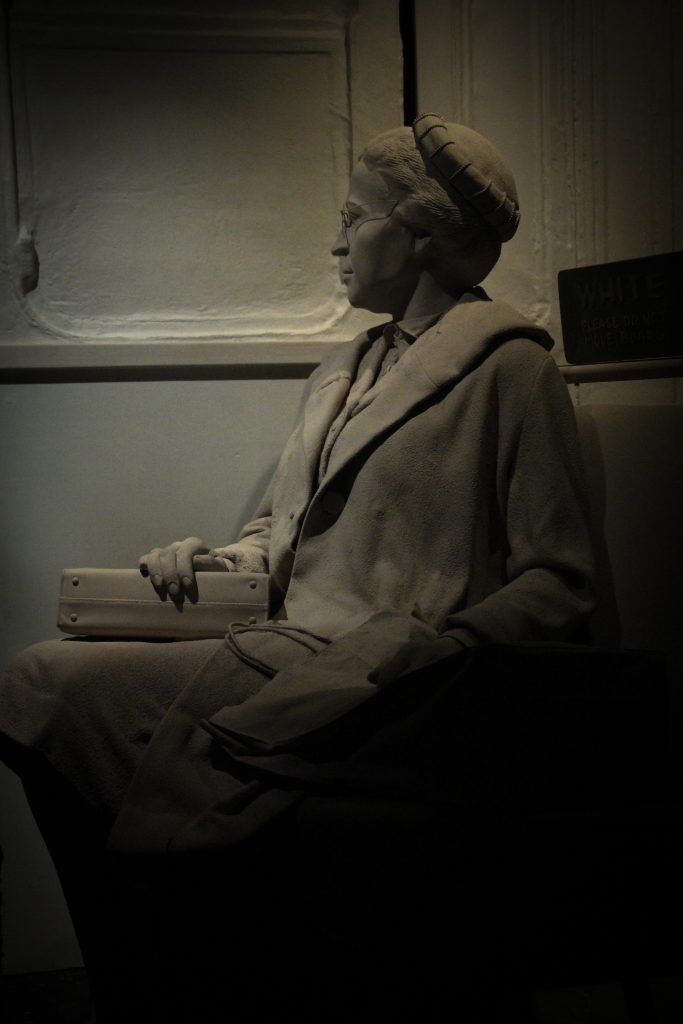
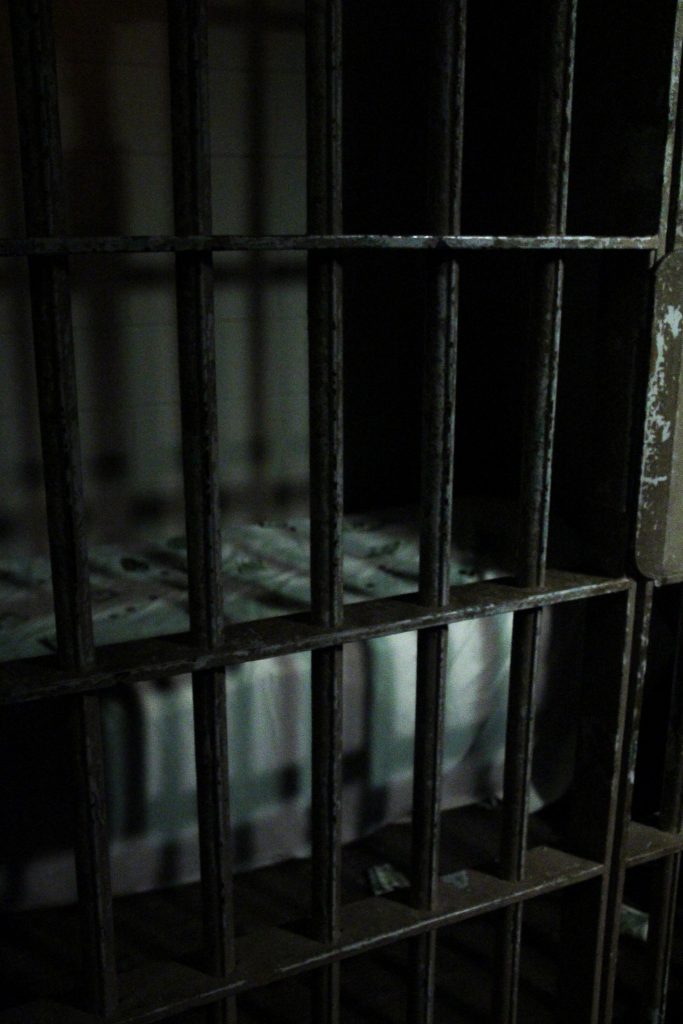
Artifacts and exhibitions from the Birmingham Civil Rights Institute in Birmingham, Alabama.
All photos by Kaitlin Oden
The news station often changes most of our opinions due to the fact they are seen as trustworthy, factual and reliable. According to Pew Research, 63% of Black people believe news about Black people is often more negative than news about other racial and ethnic groups. This feeling is common throughout Black communities.
An example of one of the earliest known books showing stereotypes of Black people is “Little Black Sambo and The Tar Baby” by M. Genevieve Silvester. This book consists of drawings depicting African American caricatures with large white eyes and prominent oversized lips. Sambo wears overalls and is dressed as a woman. This is considered a “mammy character.”
The book was written in 1899, but started to become popular around the 1930s. During this time, it was largely acceptable in the white communities and books similar to this one often had the same topics. Although there were plenty of harmful caricatures, there were also a handful of less polarizing caricatures too.
One example of that was Uncle Tom. At the beginning of his introduction, he was seen as loyal, kind and upright. In multiple adaptations, he was shown to be loyal, strong and obedient to his slave master. Many white people expected Black people to act like Uncle Tom, and as a result, this caricature perpetuated stereotypes as well.
The opposite of Uncle Tom was the “coon” character. The coon is a dehumanizing term, often being lazy, scared and not able to function in a post-slavery world without being under control of the slave master or requiring the help of white people.
Even though this was in the past, Black people still experience misrepresentation in the media. It has gotten better through the years but the issue still exists.
“Despite progress, challenges persist, including the perpetuation of stereotypes, underrepresentation in certain genres and platforms and barriers to advancement and recognition for Black talent in the industry,” Kris Campbell, the Broadcast Signature Academy Program Coordinator at Clay-Chalkville High School in Birmingham, said.
There are many examples of misrepresentation and clinging onto old, outdated stereotypical roles in the media today. On television, Black women are often shown to be raunchy and over sexualized. This behavior being on screen has set the stage for stereotypes toward Black women, often setting high expectations for females of color.
These stereotypes, including imagery like the “Jezebel,” can have harmful effects on someone’s day to day life. The misrepresentation of Black women can be found in all forms of media, whether it is print, music or television.
A prominent area in the misrepresentation is the hip-hop or rap genre in music. Women have always been hypersexualized in this genre with erotic dancing and lewd words.
The television industry also paints an inappropriate image of Black women through “messy” series. For example, the series “Love and Hip Hop”, “The Real Housewives of Atlanta” and “Baddies East” all imply that Black women are incapable and unlikely to hold a job. These shows focus on portraying Black women as entertainment instead of actual human beings.
There are a number of Black women that do their best to break the stereotypes in music now, for example Cardi B, Nicki Minaj, Megan Thee Stallion and Missy Elliot, and I believe that we need that same type of effort in all the other forms of media.
“Media platforms increasingly address social issues affecting the Black community, such as systematic racism, police brutality, economic and cultural identity,” Campbell said.
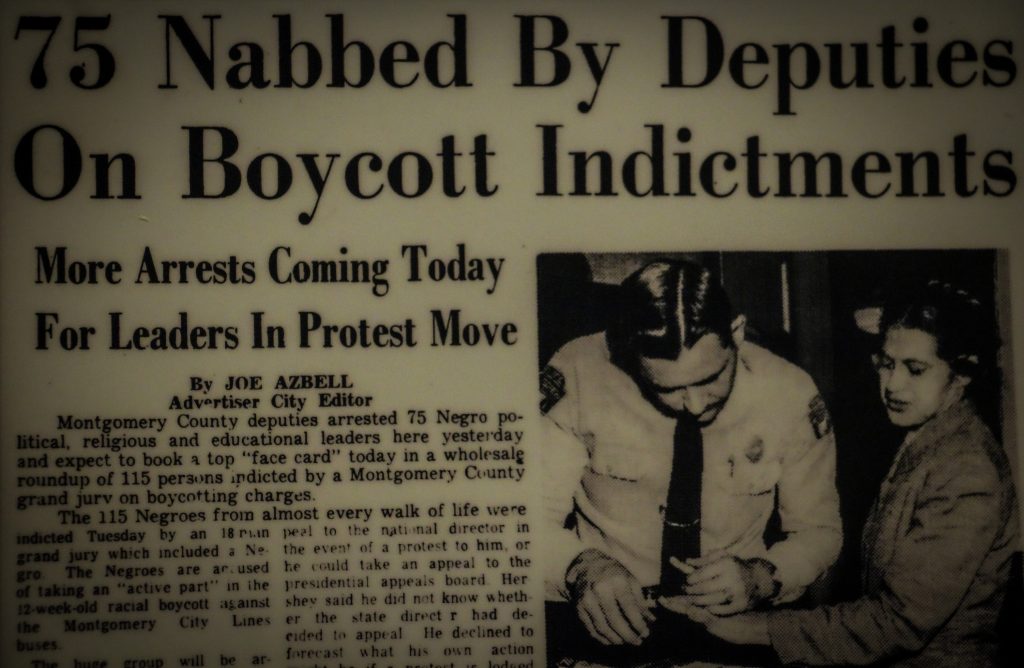
Newspaper exhibit at the Birmingham Civil Rights Institute telling of the arrest of Rosa Parks.
Photo by Kaitlin Oden
In my life, these stereotypes have affected me greatly. Anytime I open my phone, I see news about Black and other people of color. The majority of content I see is us being portrayed in a negative light. When I see this content, I think to myself and wonder if this negative portrayment affects anyone else.
“Embracing authentic storytelling that reflects the breadth and depth of Black experiences, while also challenging stereotypes and addressing systemic barriers is crucial,” Campbell said.
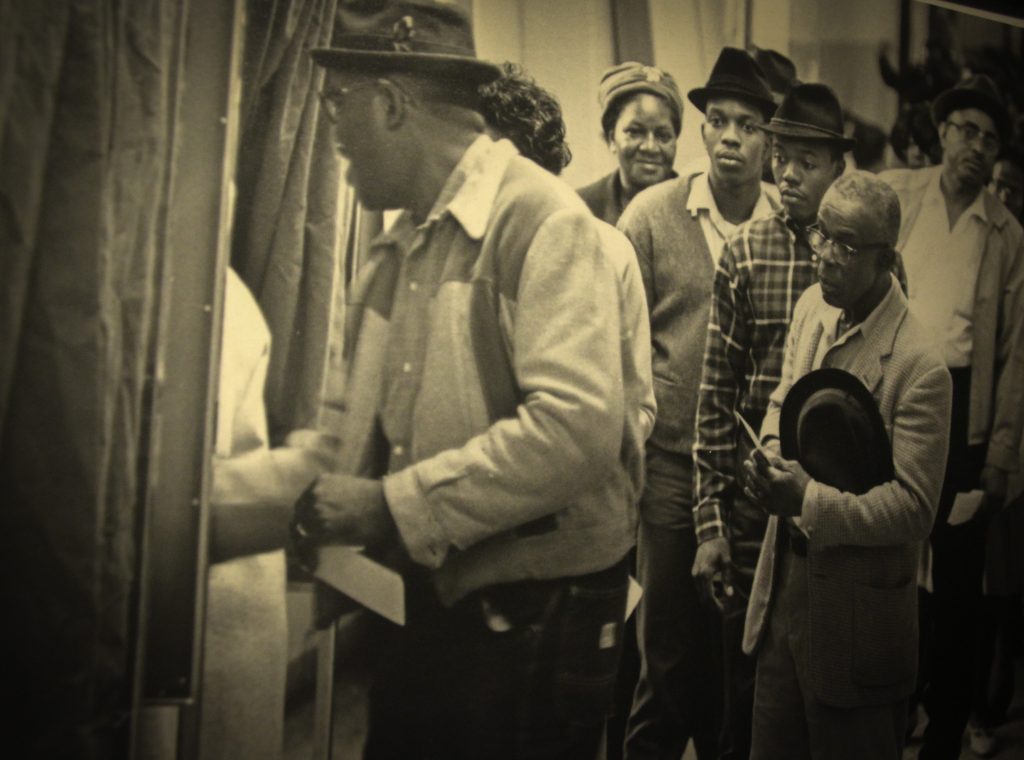
During 2020, Black kids like me were scared to go outside. They were scared of the police. Their families were scared of turning on the news channel and seeing their kids dead on the screen. I remember people taking initiative for themselves and using social media to bring awareness to the severity of the situation.
Photo by Kaitlin Oden
“To continue the positive improvements of Black people in the media, we must actively amplify diverse voices and narratives, both on and off-screen. This entails fostering opportunities for Black creators and professionals in all aspects of the industry,” Campbell said.
These stereotypes against Black people have been there since before slavery and it is unacceptable. We need more representation in all forms of media.
“Additionally, promoting media literacy and engaging in meaningful dialogue about representation can empower audiences to demand and support more inclusive and equitable media portrayals,” Campbell added. “Through collective action and a commitment to amplifying marginalized voices we can contribute to a more inclusive and representative media landscape.”
The misrepresentation of Black people scares me, and I demand change.
